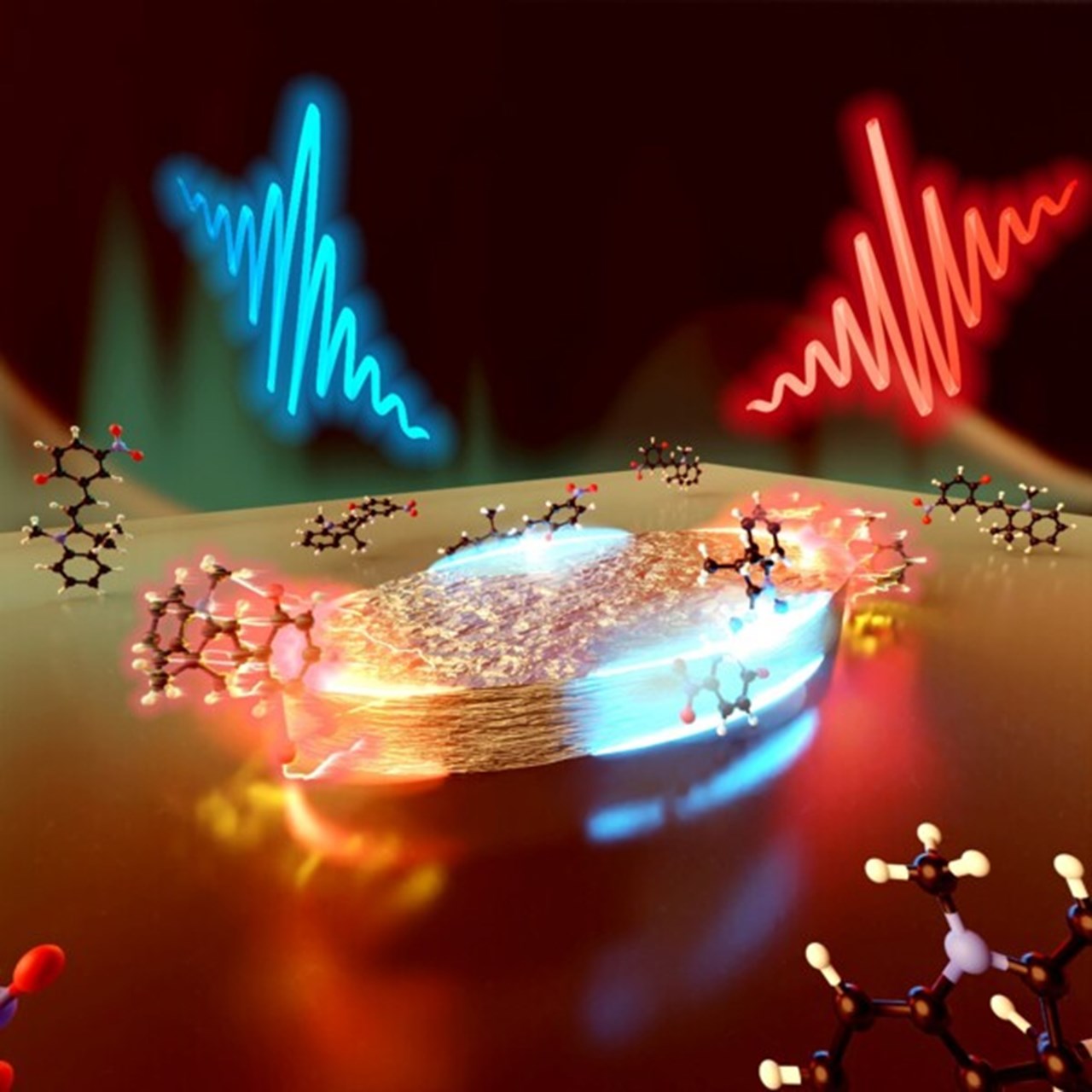About the scientific article
Joel Kuttruff, Marco Romanelli Esteban Pedrueza-Villalmanzo, Jonas Allerbeck, Jacopo Fregoni, Valeria Saavedra-Becerril, Joakim Andréasson, Daniele Brida, Alexandre Dmitriev, Stefano Corni and Nicolò Maccaferri. Sub-picosecond collapse of molecular polaritons to pure molecular transition in plasmonic photoswitch-nanoantennas. Nature Communications, 2023. DOI: 10.1038/s41467-023-39413-5



